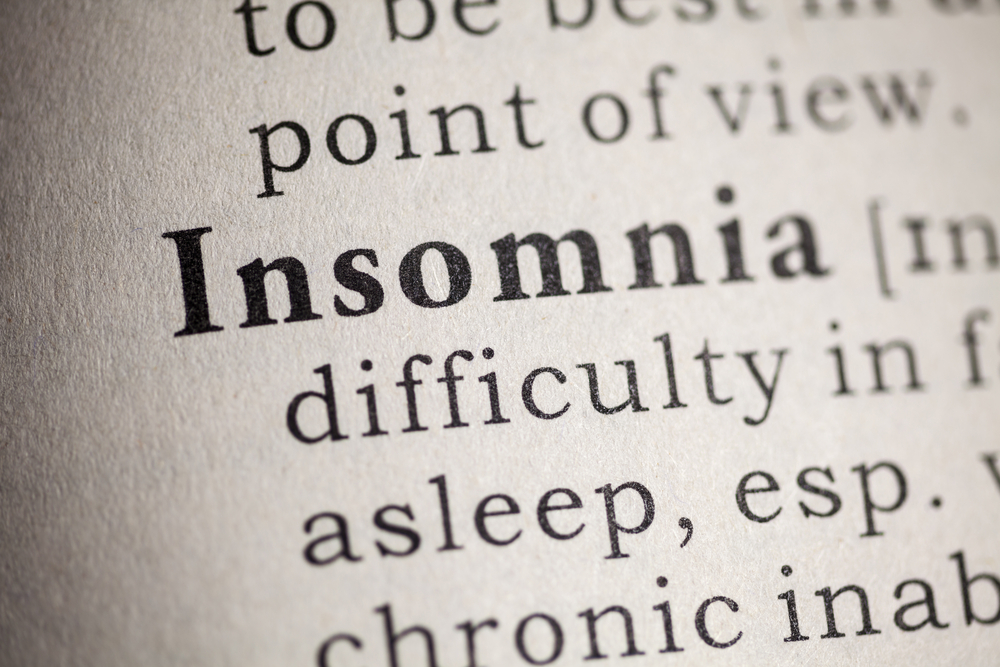 A new study entitled “Insomnia With Physiological Hyperarousal Is Associated With Hypertension” reports that chronic insomniacs who are hyper-alert have a higher risk to develop hypertension. The study was published in the journal Hypertension, an American Heart Association publication.
A new study entitled “Insomnia With Physiological Hyperarousal Is Associated With Hypertension” reports that chronic insomniacs who are hyper-alert have a higher risk to develop hypertension. The study was published in the journal Hypertension, an American Heart Association publication.
Insomnia, characterized by the inability of falling asleep or staying asleep, is a common sleep disorder affecting approximately 30 percent of the general population, according to The National Institutes of Health (NIH). Classified either as acute insomnia (occurring briefly and due to special circumstances) and chronic insomnia (officially as a period of disrupted sleep for three nights per week, minimum, and lasting at least three months), insomnia was linked in previous studies with an increased risk of hypertension. The underlying cause was advanced as physiological hyperarousal, i.e., a condition of increased psychological and physiological tension.
Here, the authors determined whether insomnia caused by physiological hyperarousal led in fact to an increased risk of hypertension. The insomnia state was measured by a standard test of sleepiness/alertness, the Multiple Sleep Latency Test (MSLT). The authors studied 219 chronic insomniacs (defined here as having sleeping problems for more than six months) and compared their MSLT results with the control group of 96 normal sleepers. The team had all patients spending one night in the sleep laboratory where they performed a polysomnography analysis (a multi-parametric test that continuously records specific physiologic variables as individuals try to sleep, including brain wave changes, eye movements, muscle tone, respiration and leg movement) and subsequently tested by MSLT. Individuals that took more than 14 minutes to fall asleep were considered “hyperaroused.” Additionally, the team measured patients’ tension, either by actually measuring blood pressure or by physician diagnosis.
The team found that individuals who scored more than 14 minutes in the MSLT had higher risk for hypertension by 300% more; those with MSLT results higher than 17 minutes had an increased risk for hypertension of 400% (these values were obtained after individuals were stratified by age, sex, obesity, sleep apnea, diabetes, smoking, alcohol and caffeine use).
Thus, the authors concluded that in fact insomnia associated with physiological hyperarousal is a combinatory condition, carrying a significant risk of hypertension.
Alexandros Vgontzas, M.D., professor of sleep research and treatment in the Department of Psychiatry at Pennsylvania State University College of Medicine in Hershey, Penn commented in a press release, “In other words, those insomniacs who were hyperalert during the day and unable to relax and fall asleep during the Multiple Latency Sleep Test (MSLT) had the higher risk of hypertension.” Thus, he continued “Long latency times to fall asleep during the day may be a reliable index of the physiological hyperarousal and biological severity of the disorder.”


